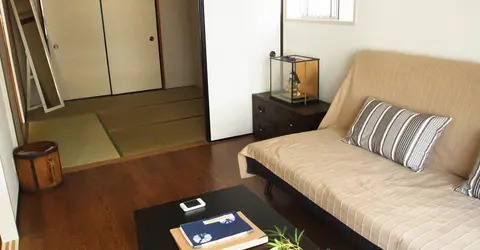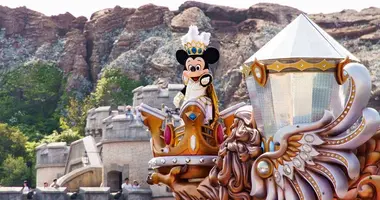Kita Senju guide: exploring the historic Edo-period post town in northern Tokyo
- Published on : 14/05/2024
- by : Japan Experience
- Youtube
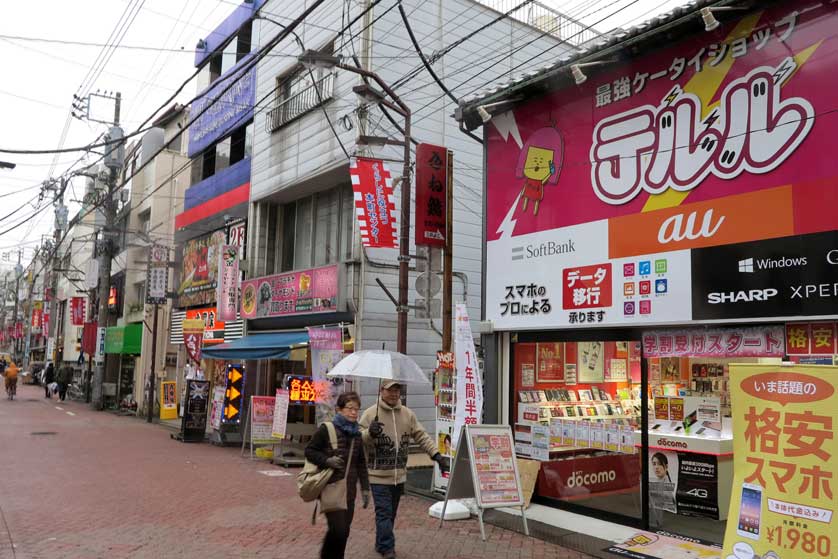
Kita-Senju Kyu-Nikko Kaido shopping street
Nestled in the Adachi Ward of northern Tokyo, Kita Senju is a district with a rich history as a former Edo-period post town. This atmospheric neighborhood retains a charming, old-school shitamachi vibe that stands in stark contrast to the glitzy areas of central Tokyo like Ginza and Roppongi. Today, the bustling area around Kita-Senju Station offers a unique blend of shopping, dining, parks, temples, and a famous summer fireworks festival that draws visitors from across the city.
History of Kita Senju: from Edo-period post town to modern transportation hub
During the Edo Period (1603-1868), Kita Senju flourished as the first post station, known as Senju-shuku, on the Nikko Kaido highway connecting Nihonbashi in Edo (present-day Tokyo) to the Toshogu Shrine of Tokugawa Ieyasu in Nikko, Tochigi Prefecture. Senju was also located on the Mito Kaido, another major road linking Edo to Mito in Ibaraki Prefecture.
While little remains of Kita Senju's Edo-period history, markers indicate the former sites of the town's honjin (high-class residence for officials), kosatsuba notice board, and ichirizuka (old distance markers). The haiku poet Matsuo Basho is honored here, as he passed through Senju on his epic journey to northern Japan, chronicled in his masterpiece "Oku no Hosomichi" (The Narrow Road to the Deep North).
A few historical residences from the Edo period are preserved along the old Nikko Kaido, such as the Former Yokoyama House, once a shop selling traditional paper products, and Senju Ema Yoshida's House, which still produces ema (wooden prayer plaques), paper kites, and chochin lanterns. Several small temples and shrines dating back to this era can also be found in the area, including Genchoji Temple, Shosenji Temple, Senju Jinja, and Hachiman Jinja.
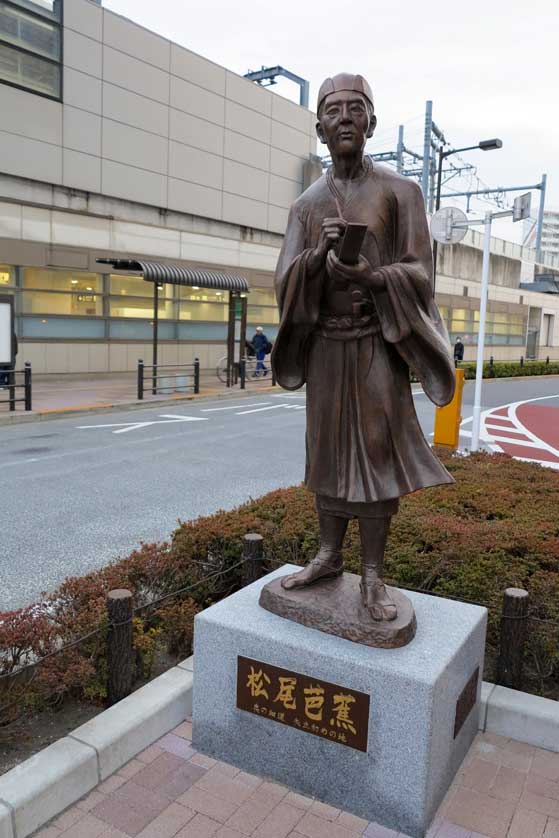
Statue of the poet Basho, Kita-Senju, Tokyo
Getting to Kita Senju: access from airports and major Tokyo stations
Kita-Senju Station is a major transportation hub, served by the Hibiya and Chiyoda lines of the Tokyo metro, the Tsukuba Express linking Akihabara Station and Tsukuba in Ibaraki Prefecture, the Joban Line from Ueno Station to Sendai, and the Tobu Skytree Line from Asakusa Station to Tobu-Dobutsu-Koen Station in Saitama Prefecture, handy for reaching Tokyo Skytree.
The station also has numerous local Tokyo bus connections, with services to Kohoku Station on the Nippori-Toneri Liner, Nishiarai Station on the Tobu Skytree and Tobu Daishi lines, Tabata Station on the Yamanote Line and Keihin-Tohoku Line, Ogi-ohashi Station on the Nippori-Toneri Line, and Takenotsuka Station on the Tobu Skytree Line.
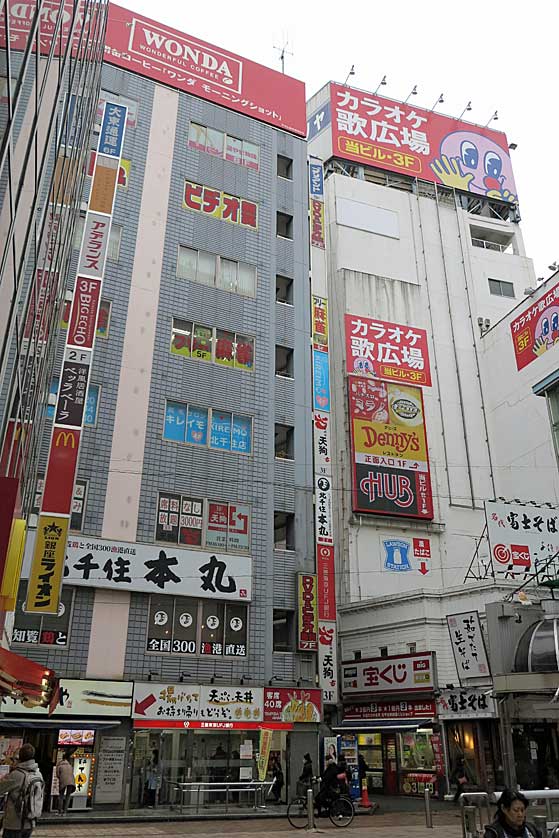
Kita-Senju Station West Exit
Shopping in Kita Senju: department stores, shotengai, and local specialties
The west exit of Kita-Senju Station opens onto the busier part of the area, with the station building housing a Lumine department store offering numerous fashion outlets and a restaurant floor featuring Chinese, omurice, sushi, udon, and Vietnamese cuisine, as well as a branch of Wired Cafe. The station also contains a Seijo Ishiiimport store.
An elevated walkway connects the station to the OIOI (Marui) department store, which boasts a restaurant floor on the 9th level and various brand stores. The surrounding streets are packed with affordable eateries, izakaya, and shopping arcades, creating a lively and bustling atmosphere.
Dining and nightlife: izakaya, restaurants, and street food around the station
Kita Senju is known for its diverse array of dining options, from traditional Japanese fare to international cuisines. The narrow streets and alleys around the station are lined with numerous small restaurants, izakaya, and street food stalls, offering everything from sushi and grilled meats to ramen and yakiniku. Some popular local spots include:
- Kadoya: A long-standing shop famous for its yarikake-dango (skewered rice dumplings) grilled over charcoal, with sweet red bean paste or soy sauce glaze.
- Sasaya: A motsuyaki (grilled offal) restaurant known for its flavorful kushinikomi (boiled offal skewers).
- Ohashi: An izakaya with over 130 years of history, renowned for its niku-dofu (tofu and beef hotpot).
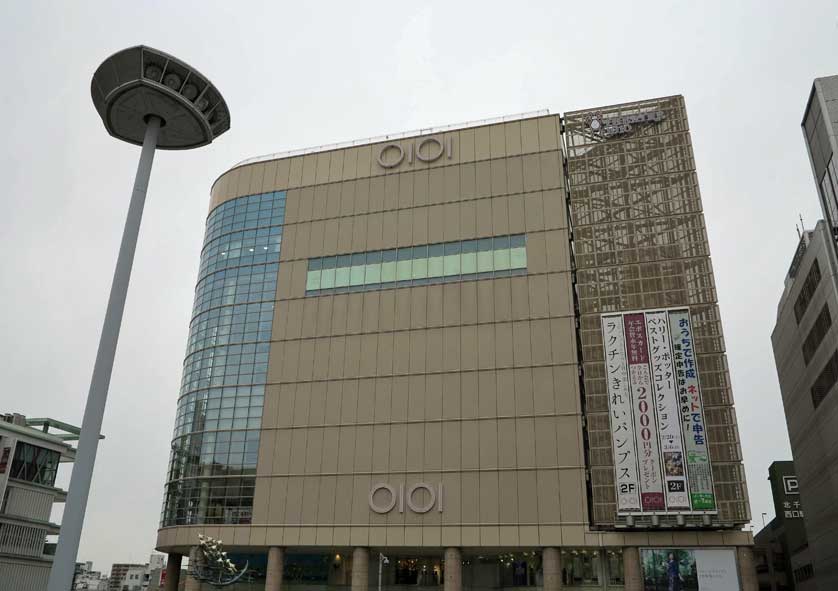
Marui Department Store, Kita-Senju Station West Exit
Parks and nature: Toneri Park, Higashi-Ayase Park, Adachi Park of Living Things
Despite its urban setting, Kita Senju is home to several parks and green spaces that offer a respite from the city bustle. Toneri Park, the largest in the area, features tennis courts, baseball fields, an athletic field, and picturesque ponds inhabited by carp, ducks, and warblers. Higashi-Ayase Park is a hidden gem for cherry blossom viewing in early spring, while the Adachi Park of Living Things is perfect for families, with its focus on local wildlife and hands-on learning experiences for children. The nearby Arakawa River also provides additional recreational opportunities and a scenic backdrop for the area's famous fireworks festival.
Temples and shrines: historic sites like Genchoji Temple and Senju Jinja
Kita Senju is home to several historic temples and shrines that have survived since the Edo period, offering a glimpse into the area's rich cultural heritage. Some notable sites include:
- Genchoji Temple: Founded in the mid-11th century, this temple is associated with the famed haiku poet Kobayashi Issa and hosts an annual festival in his honor.
- Shosenji Temple: This temple is known for its centuries-old statue of Enma, the king of the underworld, which is unveiled twice a year during special events.
- Senju Jinja: One of the oldest shrines in the area, Senju Jinja features traditional architecture and hosts various cultural festivals throughout the year.
Visiting these sacred sites allows visitors to experience the spiritual side of Kita Senju and appreciate the enduring legacy of its Edo-period roots.
Kita Senju's Adachi Fireworks Festival: a major summer fireworks event
One of the highlights of Kita Senju's annual calendar is the Adachi Fireworks Festival, a spectacular summer event that draws thousands of visitors to the banks of the Arakawa River. Held in late July, this fireworks display has a history spanning over 100 years and features more than 13,000 fireworks launched within a single hour. Spectators can enjoy the dazzling show from parks and green spaces along the riverbanks, such as the Arakawa Nishiarai Bridge Green Space. The festival's proximity to the river allows for a more intimate and relaxed viewing experience compared to some of Tokyo's larger fireworks events. The Adachi Fireworks Festival is a beloved tradition that showcases the vibrant spirit of the Kita Senju community.
Accommodations: business hotels and budget options near Kita-Senju Station
For those looking to stay in Kita Senju, there are several accommodation options near the station catering to various budgets and preferences. The area is close to the Minami-Senju district of cheap hotels, which is gaining popularity among budget-conscious travelers and backpackers. Some notable hotels in the vicinity include:
- Hotel Coco Grand Kita Senju: A four-star hotel offering comfortable rooms and amenities like a large bathroom, sauna, and bedrock bath.
- Spa & Capsule Hotel Grandpark Inn Kitasenju: A budget-friendly option with capsule-style accommodations and spa facilities.
- Urbain Tokyo Ueno Kitasenju: A business hotel with a convenient location, complimentary drinks, laundry facilities, and a spacious lounge for work or relaxation.
With its excellent transportation links and diverse range of accommodations, Kita Senju makes an ideal base for exploring not only the local area but also the wider Tokyo metropolis and beyond.
For more information about Japan, from its history and culture to travel tips and destination guides, check out our selection of Books on Japan.


